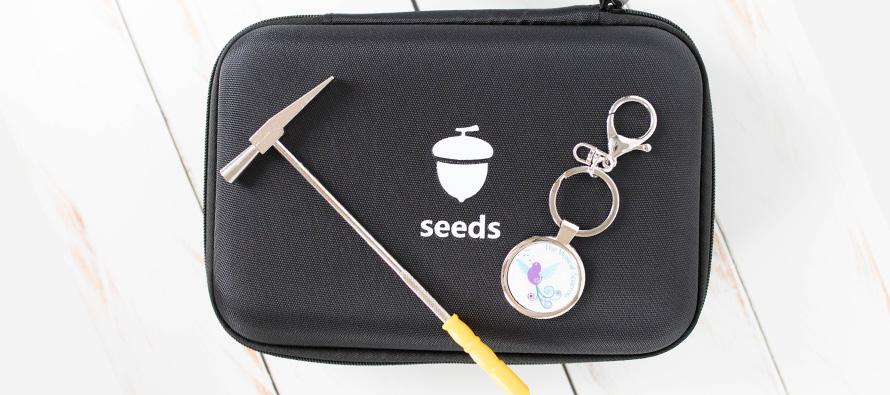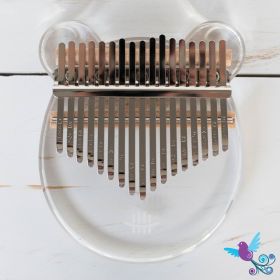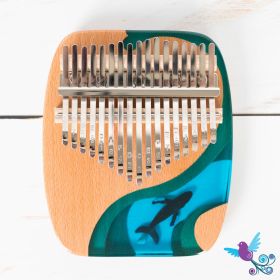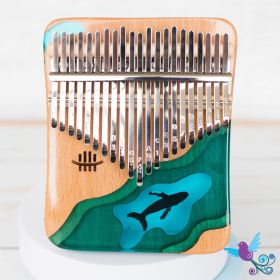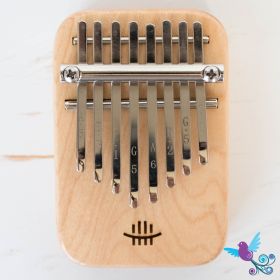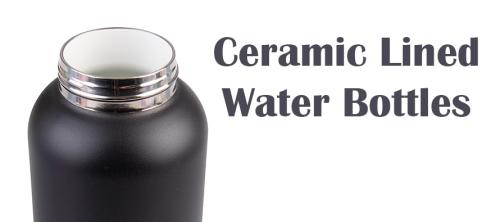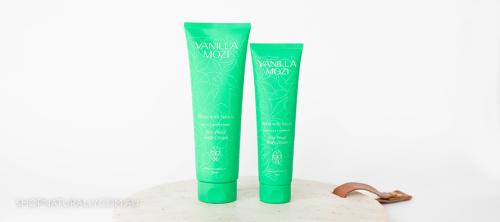How to tune your kalimba the easy way - 17 or 21 key
The kalimba is a tuned instrument, and while it doesn't need tuning very often, from time to time it's a good idea to check it and make any adjustments. You can tune your kalimba quickly with no training by following our simple instructions. While they are all tuned in our warehouse by a professional musician before they leave, they can fall out a little in transit and also from weather fluctuations.
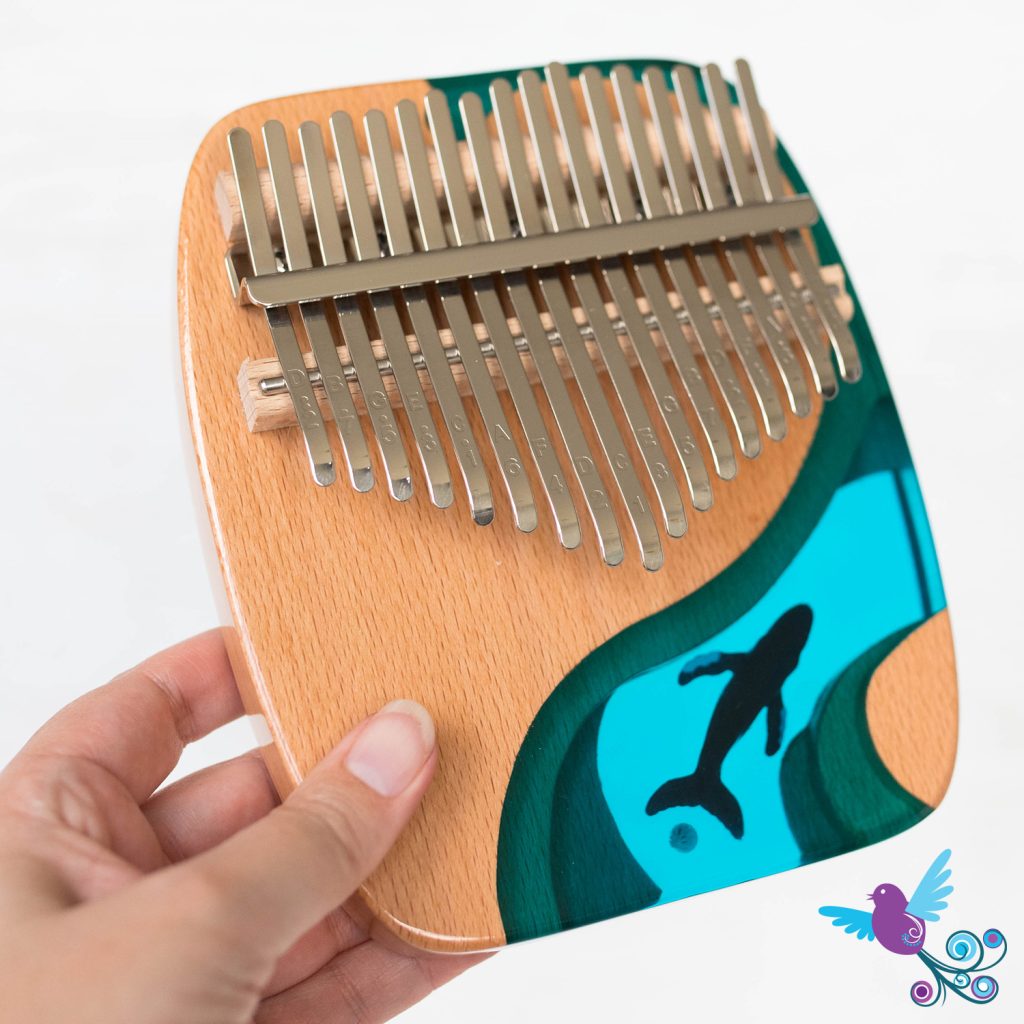
STEP 1 - download a tuner app on your smart phone to tune your kalimba
We don't have an affiliation with any particular app, but we like one called Tuner Lite. If you choose something else, just make sure it's a chromatic tuner, which means it can tune any note. Some guitar tuners will only tune the 6 notes of the guitar strings, E A D G B and E, which is no good to us.
SMART HACK - do this in a quiet room
The kalimba is not a loud instrument, so to tune your kalimba you'll need the microphone on your phone to pick up the sound. To make it easier, you can touch the body of your kalimba to your phone, but you need to be in a quiet room regardless.
STEP 2 - put the app in to tune mode
If you're using Tuner Lite to tune your kalimba, you need to press on the tuning fork button (the one on the left) and it glows green when it's ready. You can skip this step with most apps but just check.
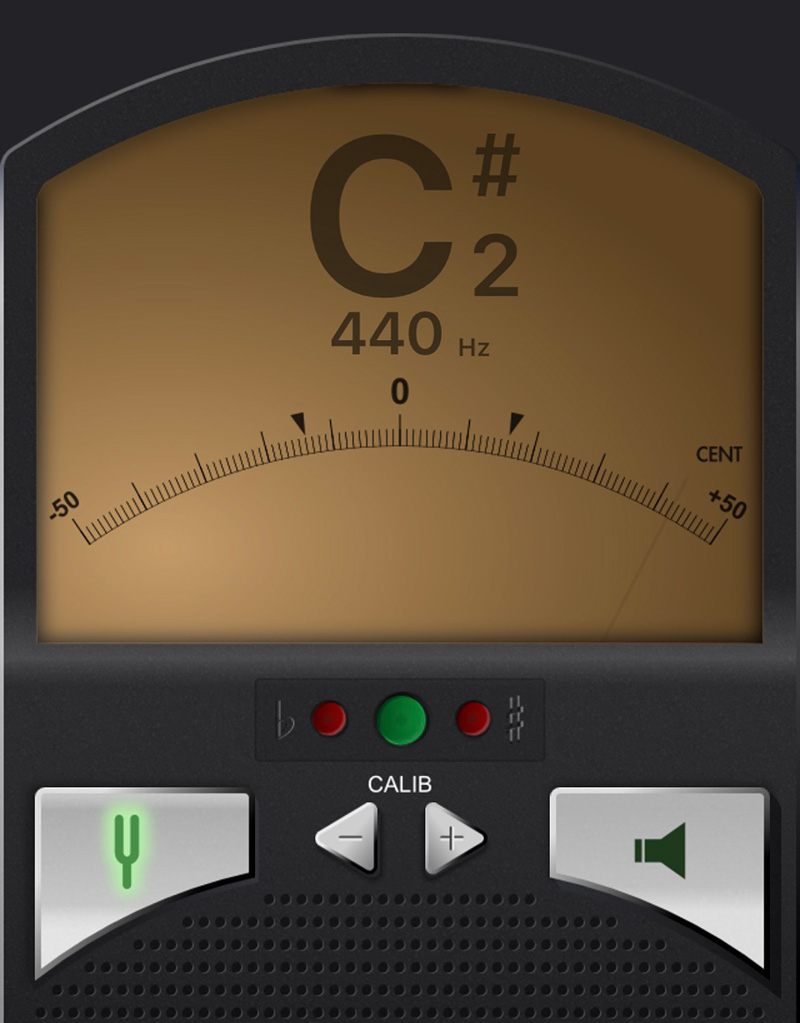
STEP 3 - pluck the tine for the note you want to tune
Pluck the metal tine for the note you want to tune. The name of the note should be printed on the tine (or at the very least, a number, depending on which kalimba you bought). The tuner is smart enough to know which note you are closest to when you tune your kalimba.
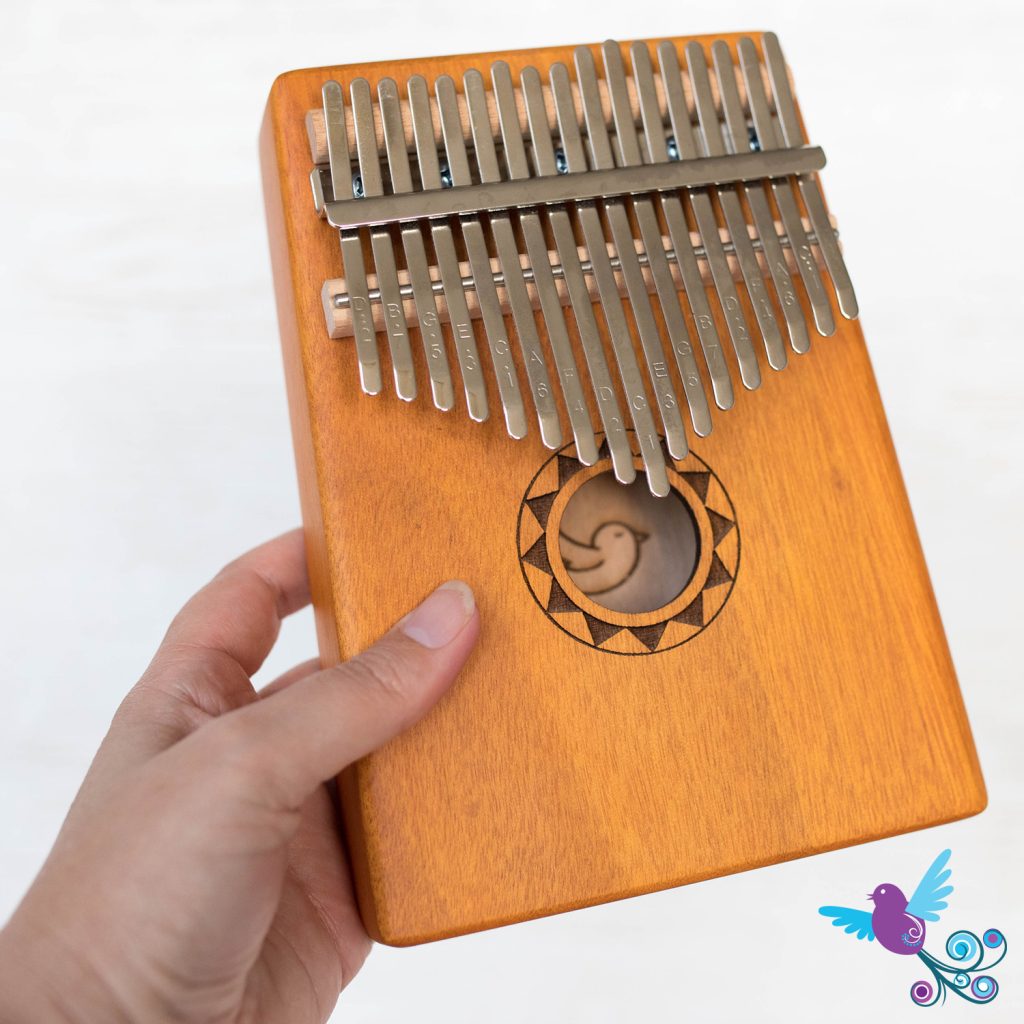
STEP 4 - look at the tuner work out if it's sharp or flat or in tune
There's a faint needle in the picture above. It's darker at the moment you pluck the tine, I just wasn't quick enough to grab the screenshot before it faded.
● If the need is bang on the 0, you're in tune
● If the needle is to the RIGHT of the 0, you're sharp
● If the needle is to the LEFT of the 0, you're flat
Honestly, for the small amount that is out, I'm not sure I'd bother too much with the tuning, but it's good practice to get it perfect if you want to spend the time when you tune your kalimba.
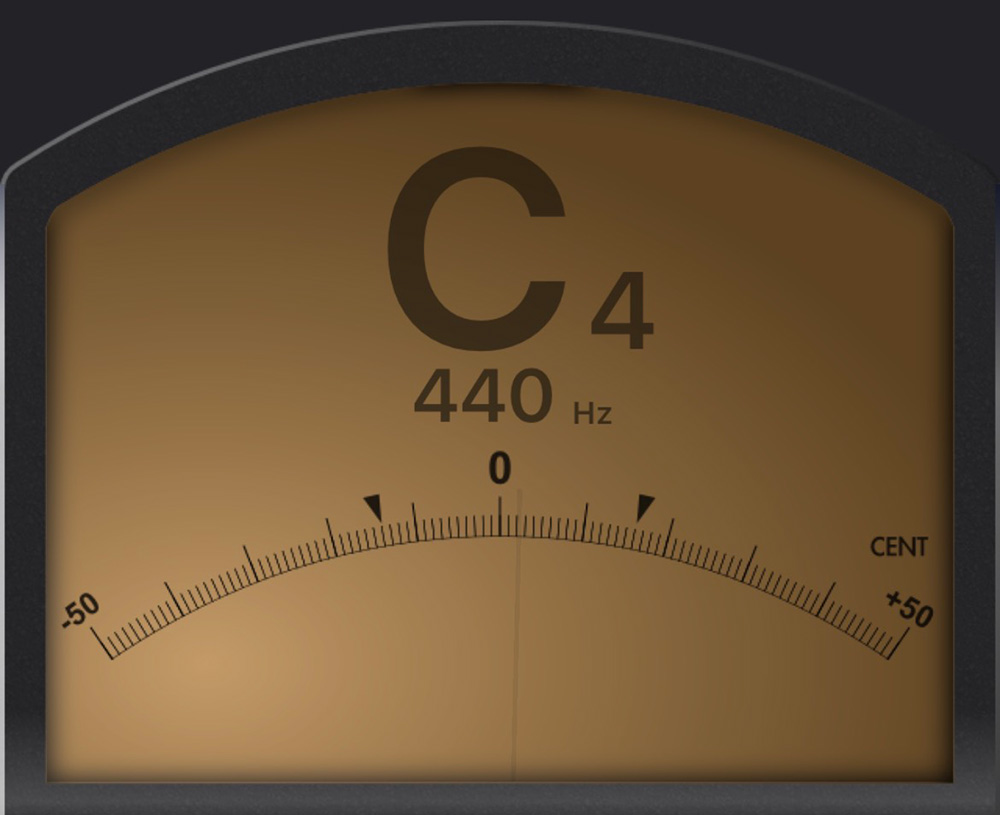
STEP 5 - make the tuning adjustment
I'm going to do what my maths teacher used to do with us at high school and explain WHY something happens, not just tell you what. This way, you'll remember for next time and you won't need the tutorial again.
On the kalimba, you'll notice that the lowest sounding notes are the ones where the tines are longer. The higher notes are the shorter tines.
If you're FLAT, you need to make the pitch higher, so the tine needs to be shorter. Bang it from the bottom to make it shorter.
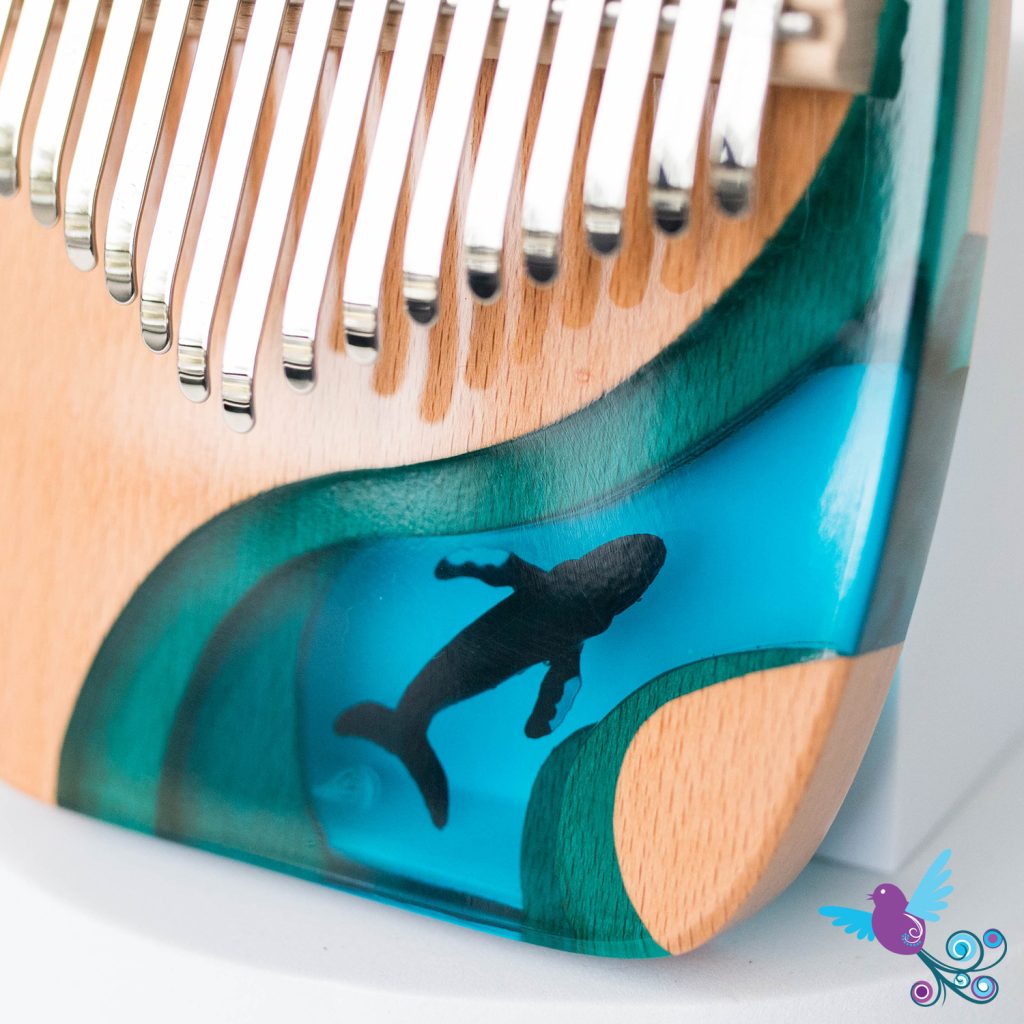
If you're SHARP, you need to make the pitch lower, so the tine needs to be longer. Bang it from the top to make it longer.
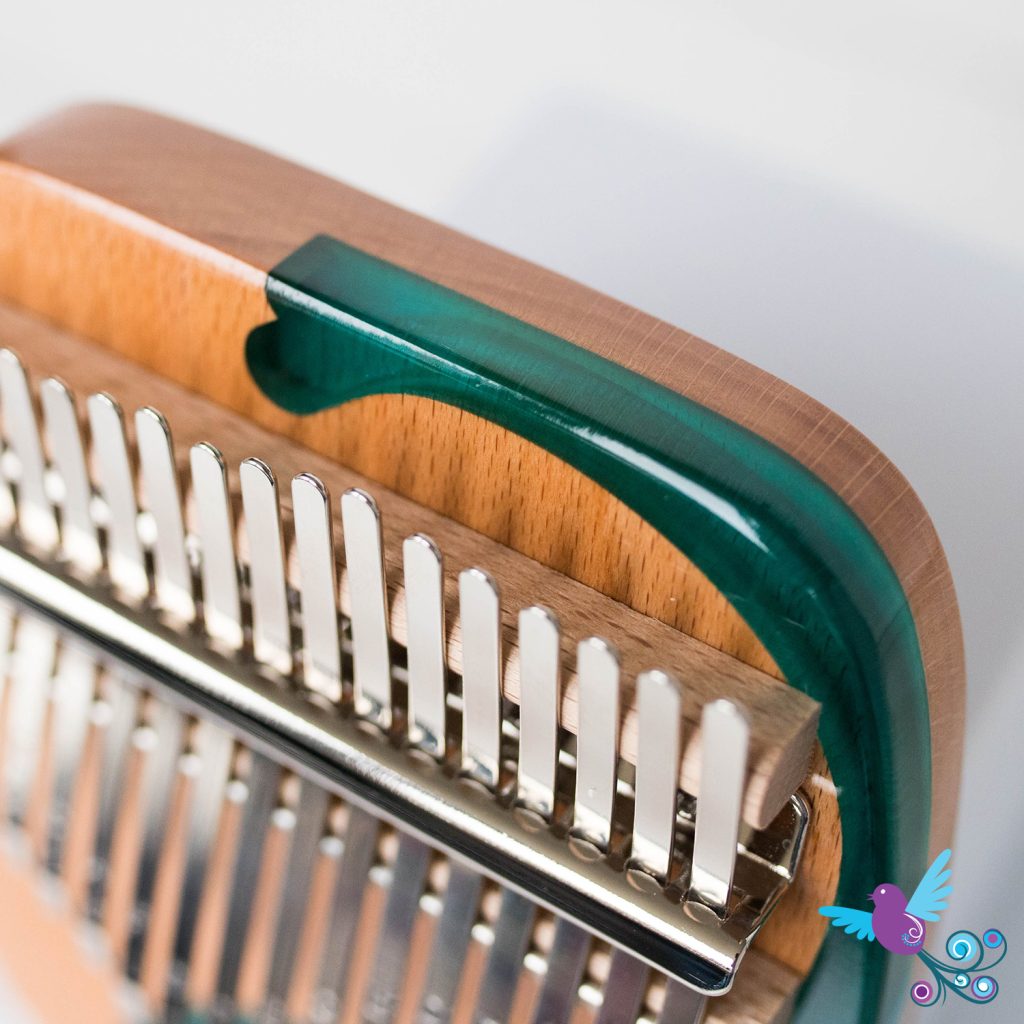
CHEAT SHEET - flat bottom, sharp top.
You are given a little hammer as a part of your purchase with us so you don't need to buy any additional tools to tune your kalimba, so use this hammer and give it a couple of taps.
STEP 6 - recheck and retune until you get it right
Simply repeat steps 4 and 5 over and over until you get the tuning right. You'll eventually get a feel for how hard you need to hit the tines and how many times to get the tuning right.
If you also bought a tongue drum from us, while it's tuned instrument, it doesn't need retuning. The only way to change the pitch on a tongue drum is to get tiny magnets and position them inside on the tongue and move them around until you get the desired effect. It's not a quick job. The kalimba tuning can be done in a few minutes once you get good at it. The more you tune your kalimba, the easier it will get.
You can also watch this video to get a better visual on how this works.
